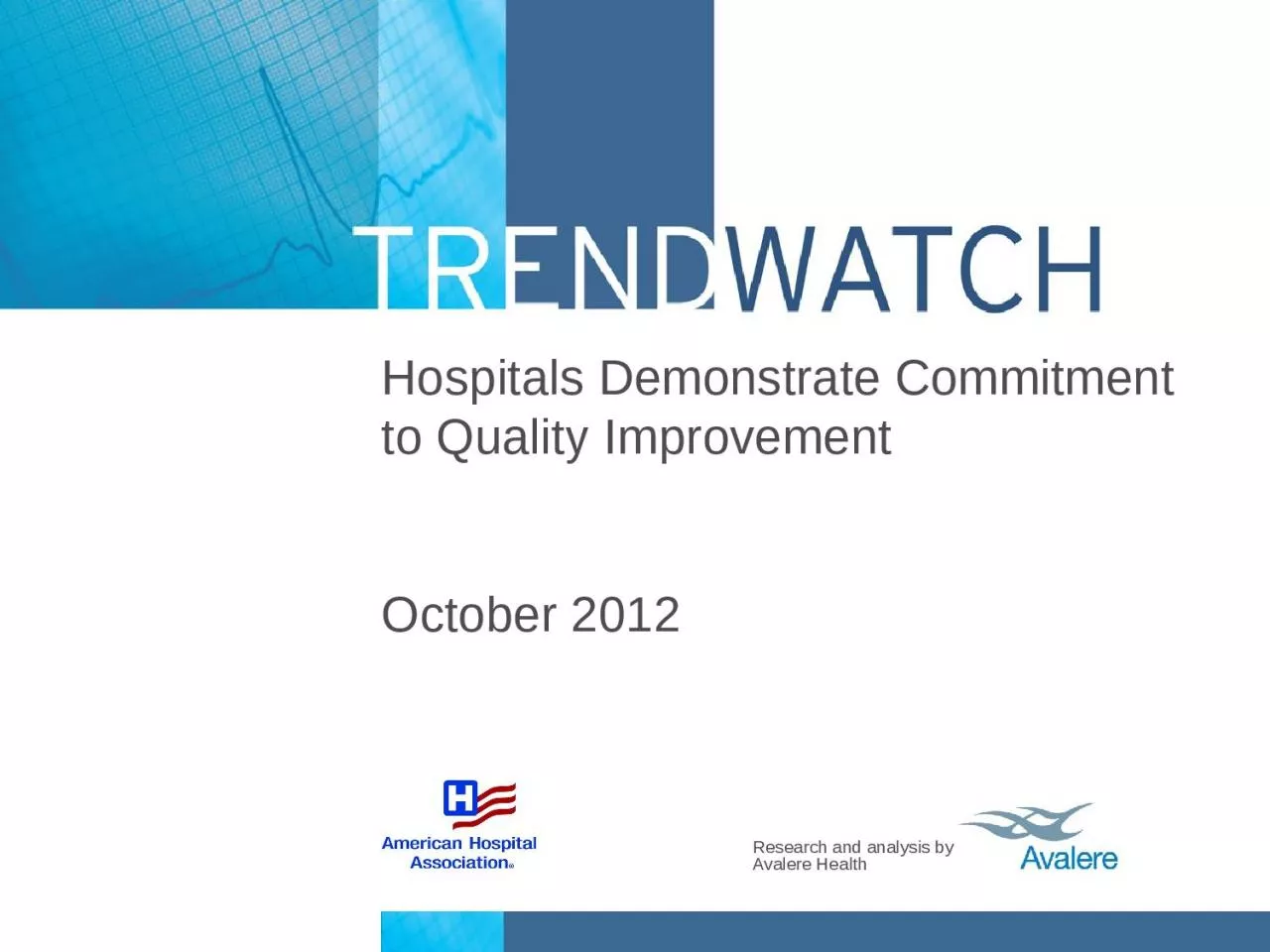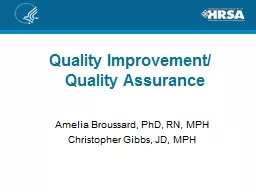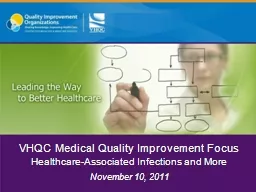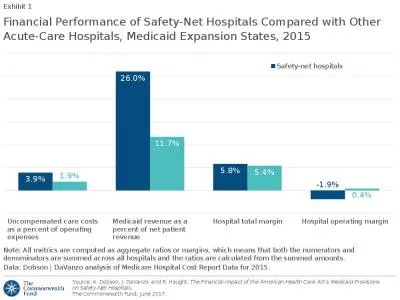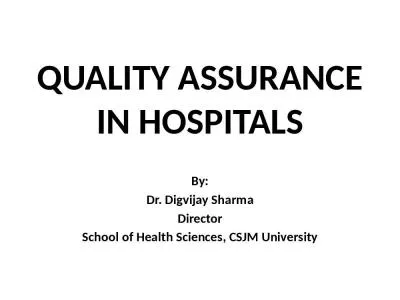PPT-Hospitals Demonstrate Commitment to Quality Improvement
Author : sadie | Published Date : 2024-01-29
October 2012 Quality improvement can be viewed as a fivestep process Chart 1 Five Steps to Improving Quality Source Analysis by Avalere Health and American Hospital
Presentation Embed Code
Download Presentation
Download Presentation The PPT/PDF document "Hospitals Demonstrate Commitment to Qual..." is the property of its rightful owner. Permission is granted to download and print the materials on this website for personal, non-commercial use only, and to display it on your personal computer provided you do not modify the materials and that you retain all copyright notices contained in the materials. By downloading content from our website, you accept the terms of this agreement.
Hospitals Demonstrate Commitment to Quality Improvement: Transcript
Download Rules Of Document
"Hospitals Demonstrate Commitment to Quality Improvement"The content belongs to its owner. You may download and print it for personal use, without modification, and keep all copyright notices. By downloading, you agree to these terms.
Related Documents

